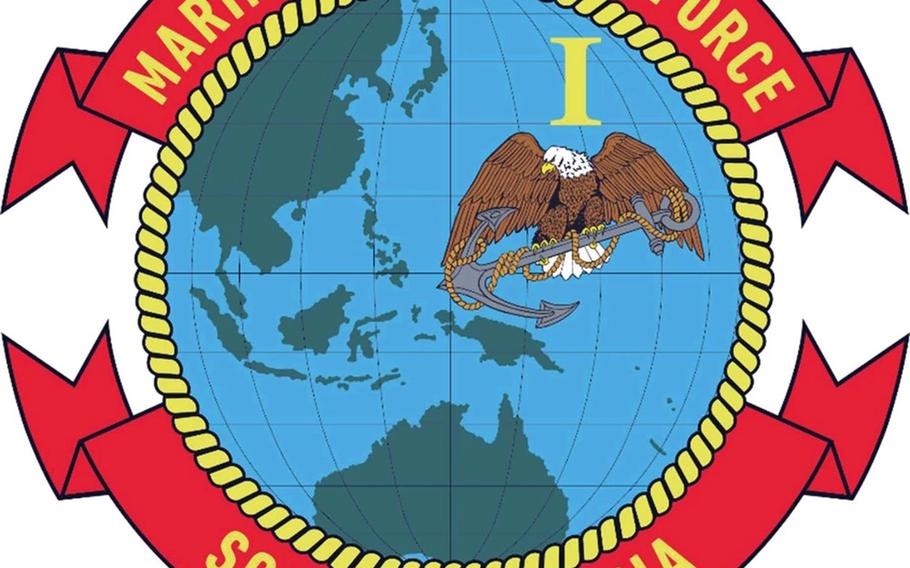
Marine Rotational Force – Southeast Asia began its second rotation on Sept. 26, 2023, with the deployment of sailors and Marines to the Philippines. (U.S. Marine Corps)
A new Marine rotational force has deployed to the Philippines to begin a series of back-to-back exercises in the region, the service announced in a news release Friday.
Marine Rotational Force — Southeast Asia is participating in the multinational naval exercise Sama Sama — Tagalog for “together” — according to the release.
The 12-day exercise kicked off Monday near the island of Luzon with troops from the U.S., the Philippines and seven other nations.
The rotational force is slated to conduct a series of back-to-back exercises and engagements through mid-December, including with counterparts from Malaysia and Indonesia, according to the Marines.
“We are enabling operations that span the vast expanse of the Indo-Pacific region, demonstrating our adaptability in pursuit of our mission,” the rotational force’s commander, Col. Thomas Siverts, said in the release. He also leads the 11th Marine Expeditionary Unit out of Camp Pendleton, Calif.
The Marines didn’t immediately respond Monday to an interview request or emailed questions about the force’s size.
The first Marine rotational force to Southeast Asia arrived in September 2022 and trained with counterparts in the Philippines, Indonesia, Singapore, and Brunei, according to a Marine Corps news release on Jan. 15.
The older Marine Rotational Force — Darwin has been deploying to northern Australia for six-month training missions each year since 2012. This year’s rotation of 2,500 Marines wraps up this month.
The size, composition and duration of the Southeast Asia rotations can be adjusted, according to the Marines.
“As a forward-positioned force, it is optimized to conduct security cooperation engagements with Allies and partners in Southeast Asia while also standing ready to support crisis or contingency response in the region,” the release states.
The rotational force’s command-and-control element is based on the U.S. West Coast, the statement said.
The rotational force includes a command element, a reconnaissance platoon, joint terminal attack controllers, air and naval gunfire liaisons, explosive ordnance disposal Marines and unmanned aerial systems operators, according to the release.
During the rotation, the force is expected to practice heliborne operations, amphibious raids, coastal defense, company- and platoon-level combined live-fire and naval operations.
Exchanges are scheduled to cover reconnaissance; explosive ordnance disposal; chemical, biological, radiological and nuclear defense; information operations; joint fires; fire support; and unmanned aerial systems.